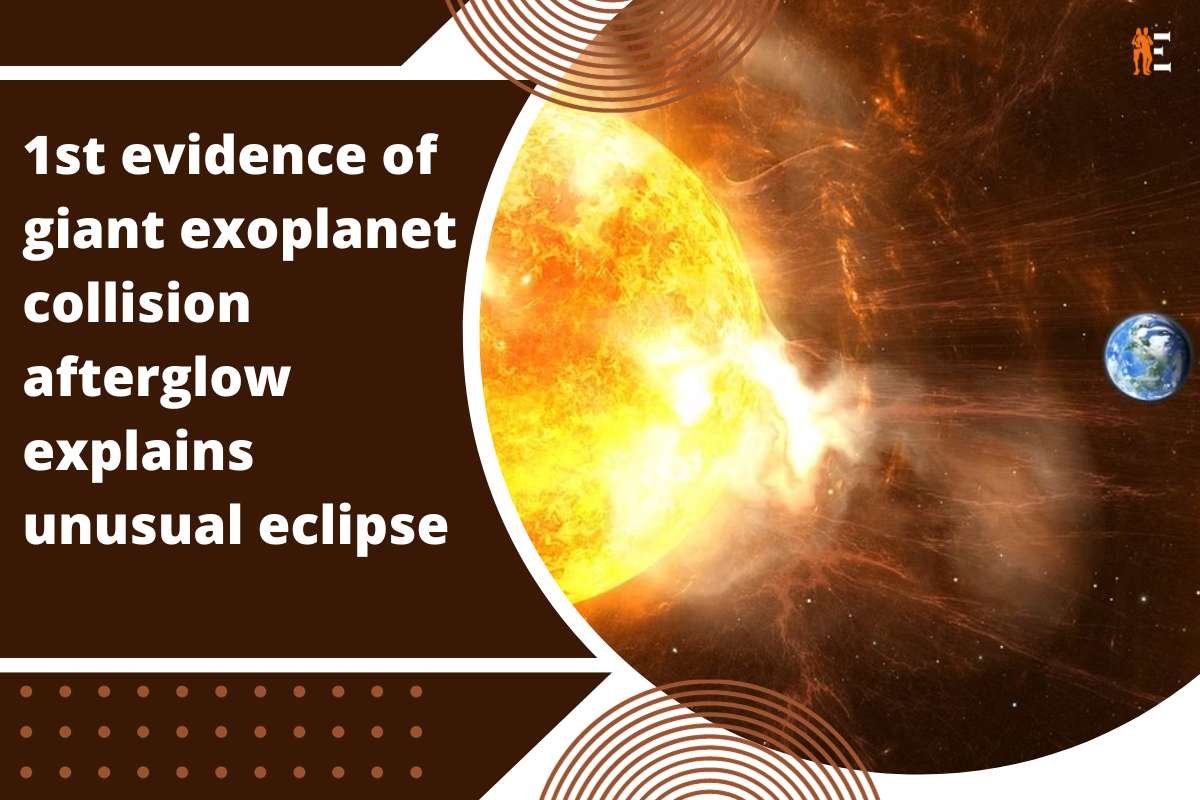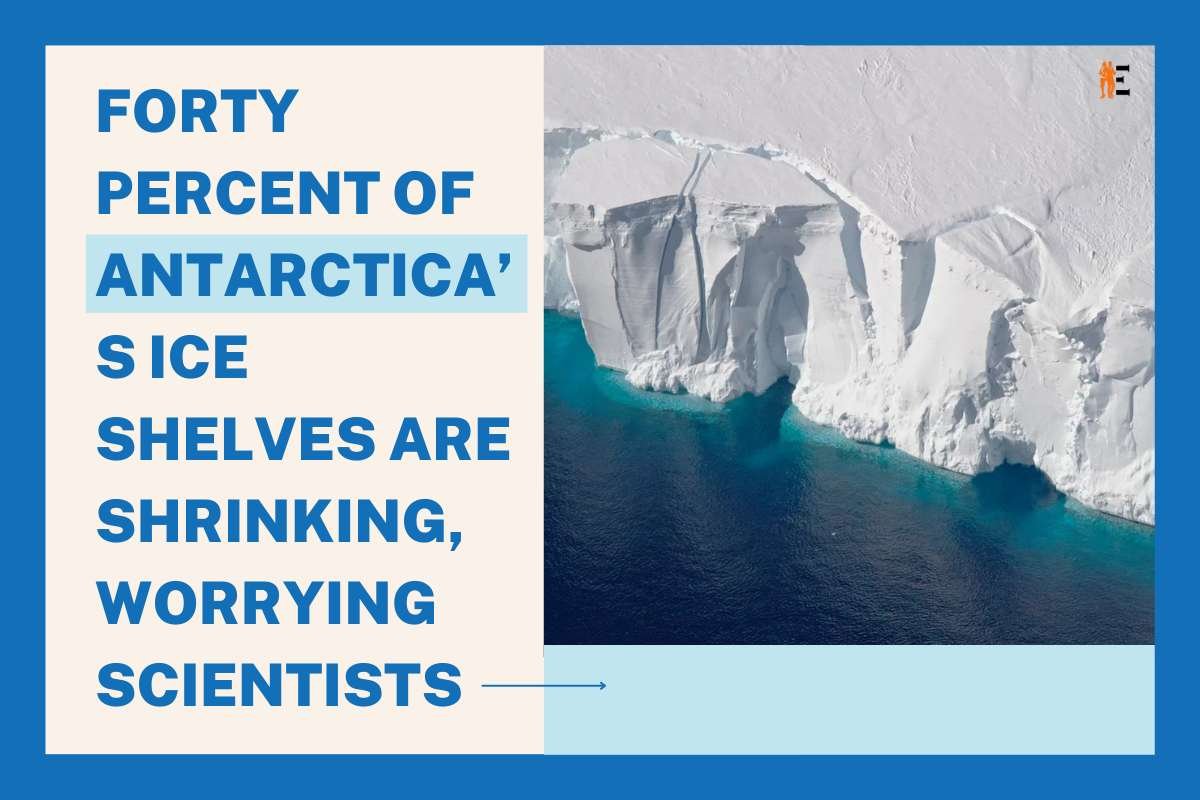On October 11th, an international team of astronomers made a groundbreaking discovery by witnessing the aftermath of a collision between two massive planets in another planetary system orbiting a sun-like star. Such planetary clashes have occurred in our own solar system’s history, and these latest observations provide valuable insights into the evolution of celestial neighborhoods resembling our own, which have evolved over eons through chaotic and violent events.
The eclipse commenced 2.5 years after infrared observations
The initial signs of the collision between two super-Earths, which are ice giants larger than Earth but lighter than Neptune, were observed in December 2021 when the host star of the planetary system, known as 2MASS J08152329-3859234, suddenly dimmed. Subsequent observations in visible light wavelengths revealed that this dimming was the result of a prolonged eclipse lasting approximately 500 days. The eclipse commenced 2.5 years after infrared observations indicated a brightening event, suggesting that the object causing the star to dim had an orbital period of at least 2.5 years.
Matthew Kenworthy, an associate professor at Leiden University in the Netherlands and the lead author of the study, noted the uniqueness of this event, stating, “I knew then this was an unusual event.” The team also determined, based on temperature and size calculations from computer models, that debris must have formed following the collision of the two giant planets.
Watch an animation of what happens when exoplanets collide | Science News
Approximately three years after the collision, the remnant material may have coincidentally aligned itself in front of the star from our perspective, causing a reduction in its visible brightness and creating what astronomers initially perceived as a mysterious eclipse. The star itself is otherwise unremarkable, believed to be around 300 million years old, significantly younger than our own sun, which is 4.6 billion years old. While substantial impacts were commonplace during the early stages of our solar system’s history, research has shown that such collisions ceased about 3.9 billion years ago, giving rise to the relatively stable system we observe today, although sporadic impacts still occur.
May condense to form a retinue of moons
The findings from this recent study suggest that even mature planets can collide, and the researchers anticipate that future observations using NASA’s James Webb Space Telescope will help track how the dust cloud resulting from this collision dissipates over the next several years. As Zoe Leinhardt, an associate professor of astrophysics at the University of Bristol and co-author of the study, explained, “Ultimately, the mass of material around the remnant may condense to form a retinue of moons that will orbit around this new planet.”
This research was published on October 11 in the journal Nature.
Read More: That’s a first, Scientists Witness a Dying Star Gulping an Entire Planet











